A brazier is a container for fire, generally taking the form of an upright standing or hanging metal bowl or box. Used for burning solid fuel, braziers principally provide heat and light, but may also be used for cooking and cultural rituals. Braziers have been recovered from many early archaeological sites, for example the Nimrud brazier recently excavated by the Iraqi National Museum, which dates back to at least 824 BCE.
History
Braziers are mentioned in the Bible. The Hebrew word for brazier is of Egyptian origin, suggesting an invention imported from Egypt. The only reference to it in the Bible is in Jeremiah 36:22-23, where braziers heat the winter palace of King Jehoiakim. In some churches a brazier is used to create a small fire, called new fire, which is then used to light the Paschal candle during the Easter Vigil.
The Roman Emperor Jovian was poisoned by the fumes from a brazier in his tent in CE 364, ending the line of Constantine. But despite the risks associated with burning charcoal on open fires, braziers were widely adopted as a source of domestic heat, particularly in the Spanish-speaking world. Fernando de Alva Cortés Ixtlilxochitl notes that the Tepanec Tlatoani in New Spain slept between two braziers because he was so old he produced no natural heat. In many areas they used to be considered healthier than fireplaces and chimneys, and continued to be one of the primary means of heating houses in Spain until the early 20th century. Gerald Brenan described the widespread habit in Spain in the 1920s of placing a brazier beneath a cloth-covered table to keep the legs and feet of the family warm on winter evenings.
When burned moist, rose and grapevine trimmings produce a pungent, sweet-smelling smoke, and make very good charcoal. When the charcoal fumes became overbearing, however, aromatics (lavender seeds, orange peel) were sometimes added to the embers in the brazier. A brazier used exclusively for burning aromatics (incense) is known as a censer or thurible.
A brazier holds a base layer of charcoal, over which loose incense can be sprinkled, and will produce more copious smoke than an open censer. A ventilated cover is common on brazier-styled censers, especially if you happen to find a Far Eastern design.
The Lost Bearded White Brother
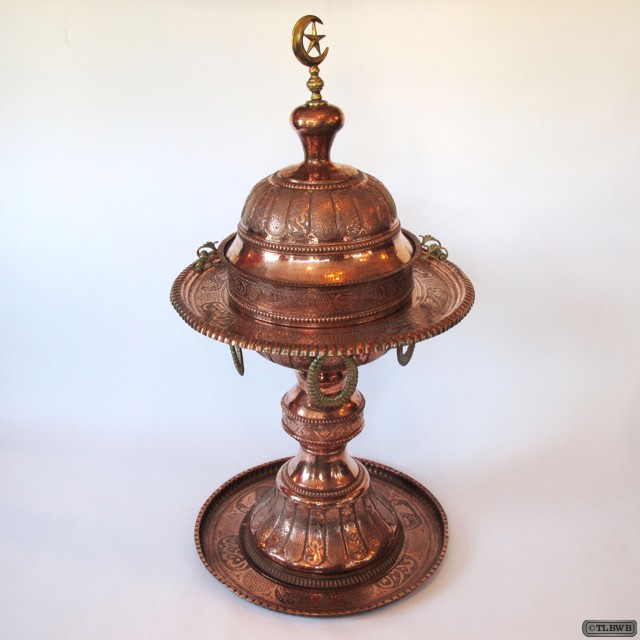
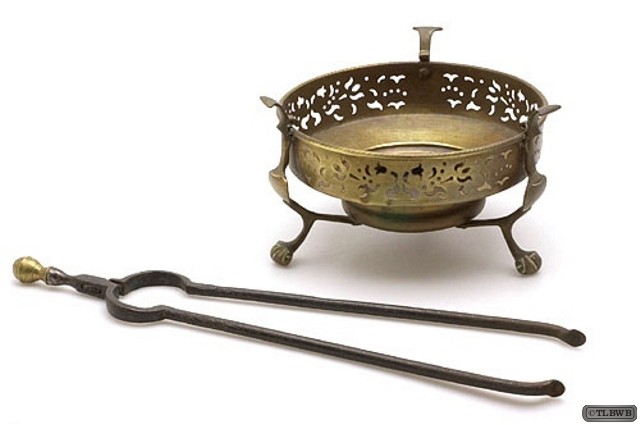
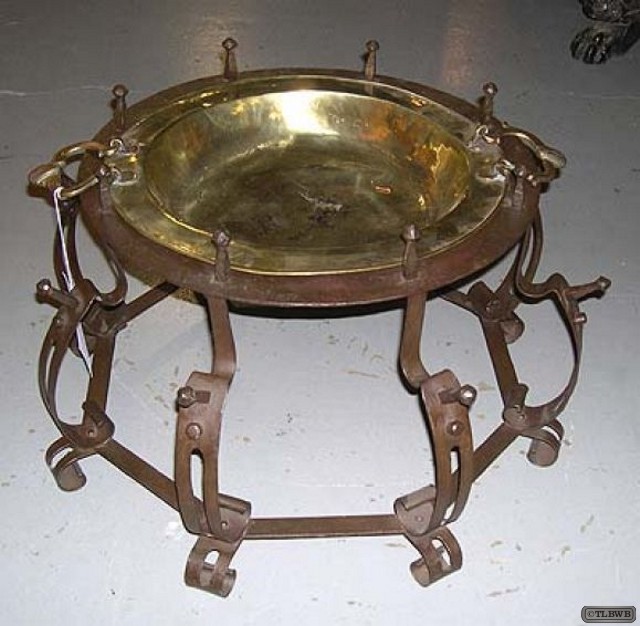
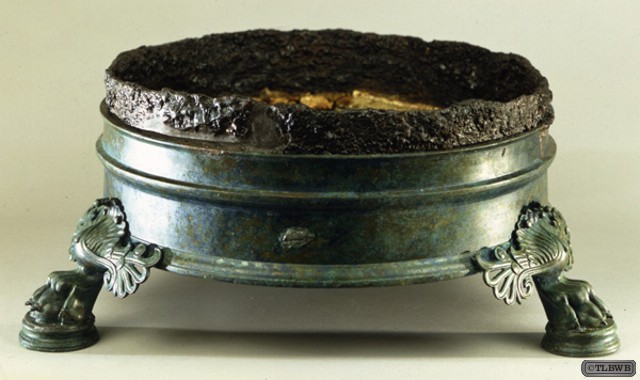
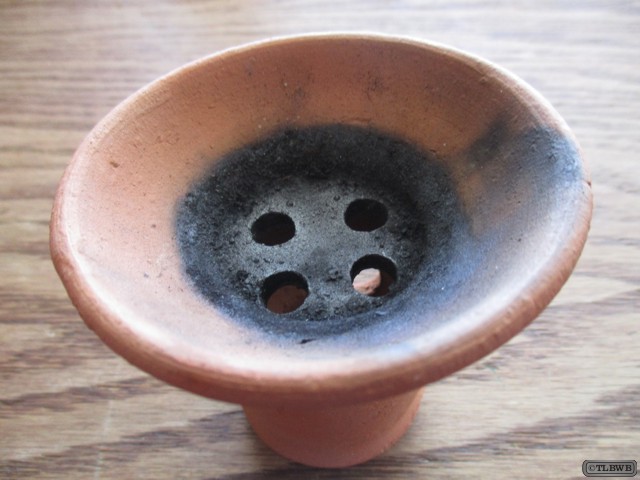
Leave a Reply